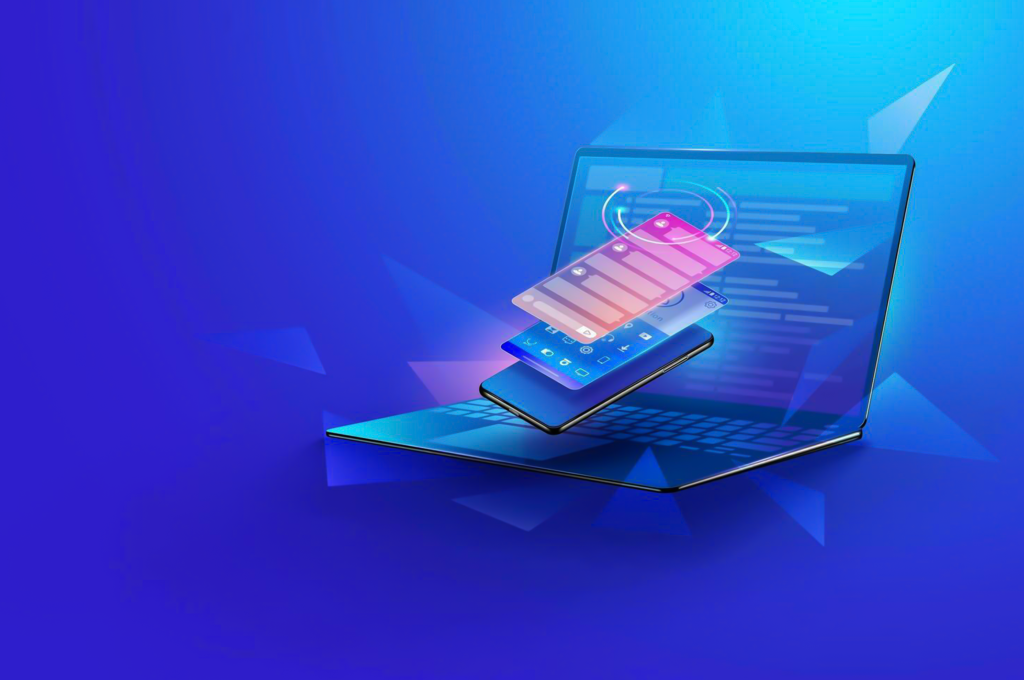The ROI of Mobile App Development for Chronic Care Management
- TronsIT Solutions
- 0 Comments
Let’s be real — chronic care is costly, time-consuming, and incredibly resource-heavy for both patients and healthcare providers. However, with mobile apps taking center stage in digital health strategies, there has been a significant shift in how chronic diseases are managed.
More than just convenience, mobile health (mHealth) apps now play a crucial role in enhancing clinical outcomes and reducing the overall burden of chronic conditions, such as diabetes, heart disease, and COPD. When integrated with Remote Patient Monitoring CPT codes, these apps not only help track vitals but also enable reimbursement from CMS (Centers for Medicare & Medicaid Services), making them financially viable for clinics and health systems alike.
So, how exactly do these apps drive a strong return on investment (ROI)? Let’s break it down.
Why Mobile Apps Are the Game-Changer in Chronic Care
Mobile apps are more than just glorified tracking tools. They offer:
- Real-time monitoring: With Bluetooth-enabled devices, data like blood pressure, glucose levels, and oxygen saturation is captured instantly and sent directly to healthcare providers.
- Enhanced patient engagement: Apps with push notifications, medication reminders, and educational content keep patients more engaged in their care.
- Lowered hospital readmission rates: By identifying problems early, these apps help prevent avoidable ER visits and admissions.
- Improved care coordination: Healthcare teams can communicate seamlessly through integrated dashboards, reducing delays and duplication.
When all these pieces work in harmony, they lead to better outcomes and cost savings.
The Financial Benefits of Chronic Care Apps
You’re probably wondering — where’s the money coming from? Here’s how the math works out:
1. Reduced Clinical Overhead
Remote monitoring reduces the need for in-person checkups. Providers can manage larger patient populations without adding staff and driving efficiency.
2. Billable Reimbursements
Using Remote Patient Monitoring CPT codes, clinics can bill for remote services, such as data review and virtual check-ins. This means providers can get paid for work they’re already doing through the app.
3. Lower Patient Turnover
Happy patients stick around. When patients feel empowered by tools that improve their health outcomes, loyalty levels are often increased. That’s money saved on acquiring new patients.
4. Early Intervention Saves Big
Catching signs of deterioration early prevents expensive treatments and hospital stays — which translates directly into ROI for both providers and insurers.
Real-World Use Case: Diabetes Management
Consider a diabetes management app that tracks glucose levels, provides insulin reminders, and enables weekly virtual check-ins. These features help patients maintain stable blood sugar levels. Providers using these tools report:
- A 20–30% reduction on ER visits.
- 15% fewer missed appointments.
- Higher compliance with treatment plans.
When combined with Patient-reported outcomes measures, apps can also help quantify subjective experiences, such as fatigue or mental well-being. This kind of data, often overlooked in traditional settings, is good for tailoring care and proving clinical effectiveness.

Barriers? Sure. But Solvable.
Let’s not sugarcoat it — there are challenges.
- Privacy concerns: HIPAA compliance is a non-negotiable requirement. Every app must safeguard patient data.
- Tech literacy: Not all patients are tech-savvy, especially older adults. App UX must be intuitive.
- Integration issues: Mobile apps must integrate seamlessly with EHR systems to minimize workflow disruptions.
The good news? Most of these barriers can be addressed through innovative design, effective patient education, and robust backend development.
Final Thoughts: So, Is It Worth It?
Absolutely. The ROI of mobile apps in chronic care is no longer just theoretical — it’s measurable. From better outcomes to more efficient practice management, the benefits continue to accumulate.
With Digital health formularies becoming more widespread, healthcare organizations now have curated lists of approved digital tools they can trust. This reduces the trial-and-error phase, speeds adoption, and improves standardization across practices.
One company leading the way in building cost-effective and scalable mobile solutions is TronsIT Solutions. With a focus on healthcare-specific needs, they offer robust tools that simplify chronic care management for both providers and patients.
Want to explore how a custom app can transform your care model?
For more information, explore our website!
Related Posts
Delving into Database Considerations within the Realm of Cloud Solutions Architecture
- TronsIT Solutions
- December 4, 2024
When it comes to creating reliable solutions, architects in the constantly changing field of cl ..
SDLC Explained: Key Aspects of the Software Development Process
- TronsIT Solutions
- January 8, 2025
Outsourcing software development has grown to be a strategic preference for businesses aiming t ..



